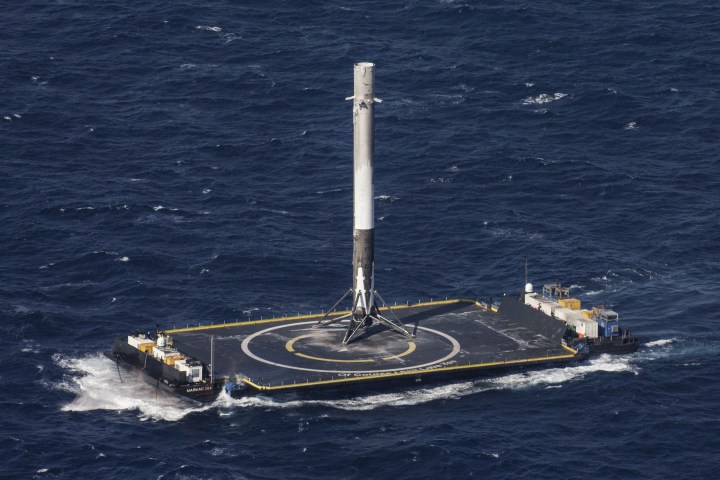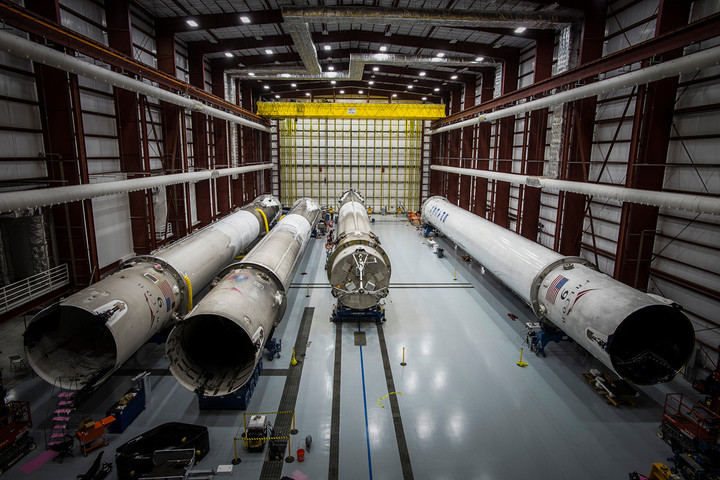
While it’s already been busy successfully landing rockets on land and at sea, it hasn’t actually gotten around to sending any of them skyward for a second time. But that’s about to change.
Intent on proving its reusable rockets really are reusable, Elon Musk’s private space company has teamed up with satellite operator SES for a mission that’ll see the SES-10 satellite sent into orbit on a used Falcon 9 rocket.

Scheduled for launch some time between October and the end of the year, the SES-10 will be “the first-ever satellite to launch on a SpaceX flight-proven rocket booster,” Luxembourg-based SES said in a release.
If all goes according to plan, the satellite will be placed in a geostationary orbit and serve to expand SES’s capabilities across Latin America.
“Having been the first commercial satellite operator to launch with SpaceX back in 2013, we are excited to once again be the first customer to launch on SpaceX’s first-ever mission using a flight-proven rocket,” said Martin Halliwell, chief technology officer at SES.
Halliwell said he expects reusable rocket systems to “open up a new era of spaceflight, and make access to space more efficient in terms of cost and manifest management.”
Commenting on the significance of the upcoming mission, SpaceX president and chief operating officer Gwynne Shotwell said the relaunch would mark “an important milestone on the path to complete and rapid reusability.”
Shotwell added, “SES has been a strong supporter of SpaceX’s approach to reusability over the years and we’re delighted that the first launch of a flight-proven rocket will carry SES-10.”
As you can imagine, SpaceX’s rocket landings are a phenomenal challenge, one that resulted in multiple crash-landings as the California-based company worked tirelessly to nail the procedure. Having made impressive progress over the last 18 months, it’s now completed a total of six flawless landings on both land and ocean-based barges.
The procedure (shown above) usually goes something like this: The first stage of the rocket separates from the upper stage about two minutes into its ascent. It then performs a flip maneuver in preparation for its return to Earth. As the 69-meter-tall rocket nears the landing site, four grid fins help to stabilize it and slow it down. Then, just before touching down, landing legs deploy for what will hopefully be a perfect landing.



